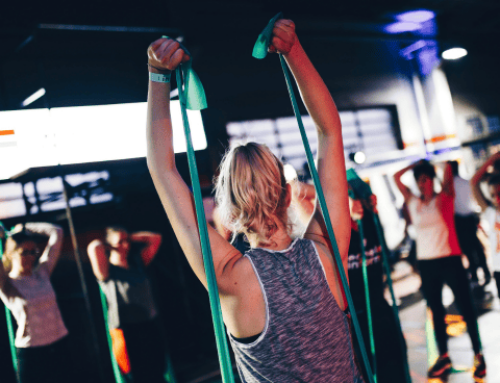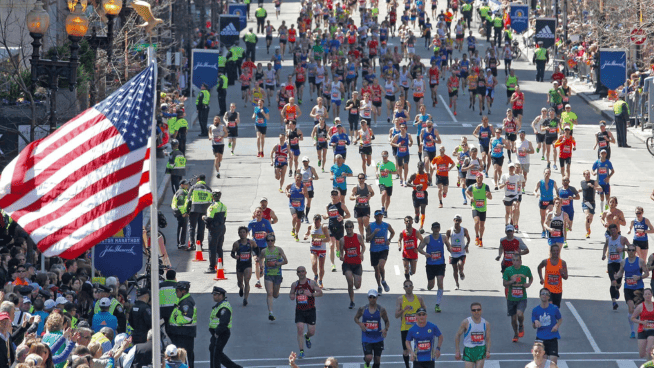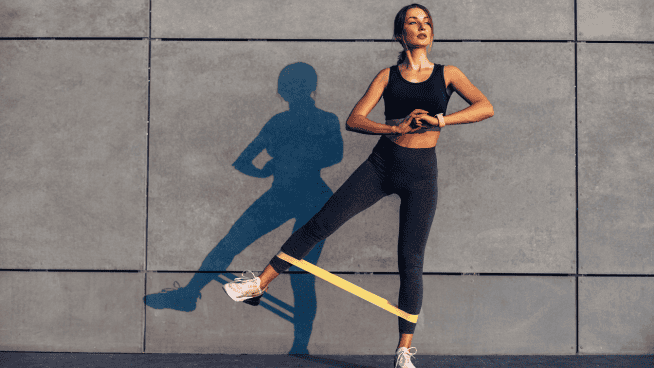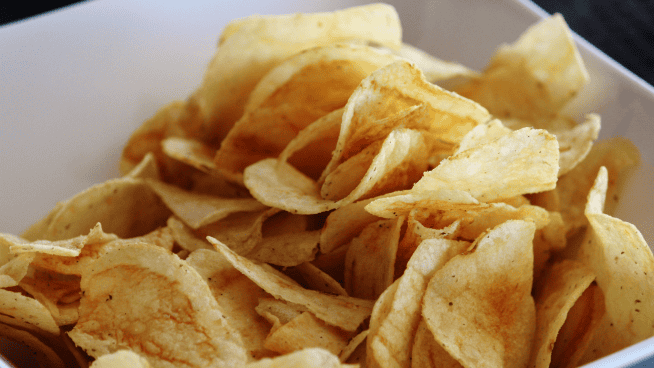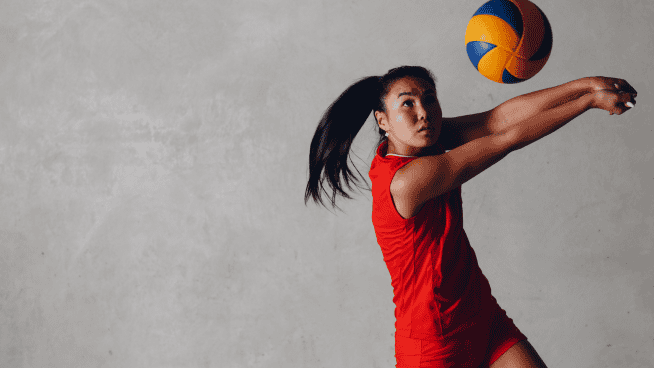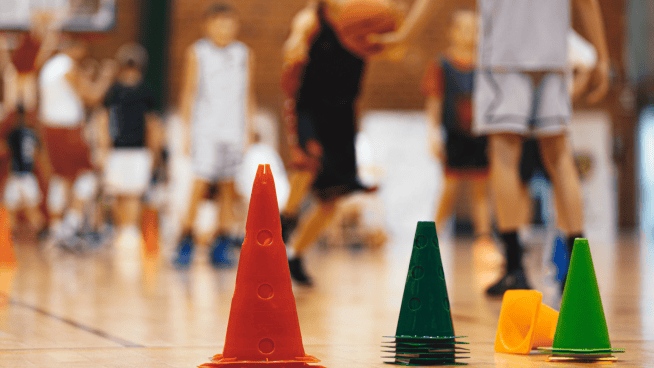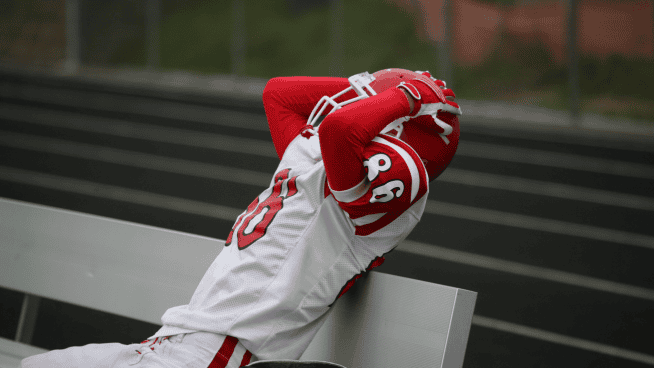How to Start Your Off-Season Hockey Workouts
During the return to training camp and early in the season, there tends to be a relatively high percentage of players who suffer “groin injuries.” This tends to be a catch-all phrase, because it could potentially mean any number of strained muscles. However, they all tend to stem from the same movement—the eccentric portion of explosive leg and hip extension within the skating stride. The demands on the hip to control this powerful move are compounded by the multi-directional and reactionary components of hockey, making the need to address the issue in off-ice hockey workouts even more important. (See Shawn Horcoff Off-Season Circuit Training.)
While there is no such thing as “injury prevention,” we can take a proactive approach to lowering the chances of injury, both for ourselves and for the athletes we work with. Ultimately, we want to ensure we are programming exercises that develop sport-specific mobility, strength and control in our hockey workouts off-ice. This is key for injury reduction, if not total prevention. To that end, try to incorporate some variation of the following three movements into your players’ off-ice work on a regular basis, particularly in the off-season.
Hip Internal Rotation (Mobility)
- Lie on your back with your legs bent
- Place your feet flat on the floor slightly wider than hip-width; narrow or widen this base depending on ability and comfort level
- Using gravity as an aid, pull your knees together (Figure 1), pause, and return to original position. Complete 2-3 sets of 6-10 repetitions

Figure 1
Hip Internal Rotation and Adduction (Control)
- Secure a light cable or band to a fixed point on one end and to your ankle at the other
- Remember: keep the resistance minimal; you are working to slowly strengthen this movement in a concentric manner to improve eccentric control
- Position yourself so that the resistive force is approximately in the 4 o’clock position while you face 12 o’clock
- Maintaining a low, single-leg position (with your front leg in the support position of the skating stride), extend the leg fully and pause (Figure 2)
- Return to starting position
- Complete 2 sets of 5 repetitions per leg, alternating between the 4 o’clock position and the 3 o’clock position for the extending leg throughout the week

Figure 2
Cable Resisted Drop Lunge to Lateral Lunge (Strength)
- Set a cable machine’s anchor point to the lowest setting and grasp the handle with your inside hand, facing perpendicular to the machine
- Move far enough away from the machine so that you have room to go into a drop lunge towards it while maintaining the resistance; assume this as the starting position (Figure 3)
- Staying low, drive off your front leg in a lateral direction, stay low, and finish in a lateral lunge (Figure 4). This exercise can also be done with a harness and sled if space and equipment are available.

Figure 3

Figure 4
RECOMMENDED FOR YOU
MOST POPULAR
How to Start Your Off-Season Hockey Workouts
During the return to training camp and early in the season, there tends to be a relatively high percentage of players who suffer “groin injuries.” This tends to be a catch-all phrase, because it could potentially mean any number of strained muscles. However, they all tend to stem from the same movement—the eccentric portion of explosive leg and hip extension within the skating stride. The demands on the hip to control this powerful move are compounded by the multi-directional and reactionary components of hockey, making the need to address the issue in off-ice hockey workouts even more important. (See Shawn Horcoff Off-Season Circuit Training.)
While there is no such thing as “injury prevention,” we can take a proactive approach to lowering the chances of injury, both for ourselves and for the athletes we work with. Ultimately, we want to ensure we are programming exercises that develop sport-specific mobility, strength and control in our hockey workouts off-ice. This is key for injury reduction, if not total prevention. To that end, try to incorporate some variation of the following three movements into your players’ off-ice work on a regular basis, particularly in the off-season.
Hip Internal Rotation (Mobility)
- Lie on your back with your legs bent
- Place your feet flat on the floor slightly wider than hip-width; narrow or widen this base depending on ability and comfort level
- Using gravity as an aid, pull your knees together (Figure 1), pause, and return to original position. Complete 2-3 sets of 6-10 repetitions

Figure 1
Hip Internal Rotation and Adduction (Control)
- Secure a light cable or band to a fixed point on one end and to your ankle at the other
- Remember: keep the resistance minimal; you are working to slowly strengthen this movement in a concentric manner to improve eccentric control
- Position yourself so that the resistive force is approximately in the 4 o’clock position while you face 12 o’clock
- Maintaining a low, single-leg position (with your front leg in the support position of the skating stride), extend the leg fully and pause (Figure 2)
- Return to starting position
- Complete 2 sets of 5 repetitions per leg, alternating between the 4 o’clock position and the 3 o’clock position for the extending leg throughout the week

Figure 2
Cable Resisted Drop Lunge to Lateral Lunge (Strength)
- Set a cable machine’s anchor point to the lowest setting and grasp the handle with your inside hand, facing perpendicular to the machine
- Move far enough away from the machine so that you have room to go into a drop lunge towards it while maintaining the resistance; assume this as the starting position (Figure 3)
- Staying low, drive off your front leg in a lateral direction, stay low, and finish in a lateral lunge (Figure 4). This exercise can also be done with a harness and sled if space and equipment are available.

Figure 3

Figure 4





